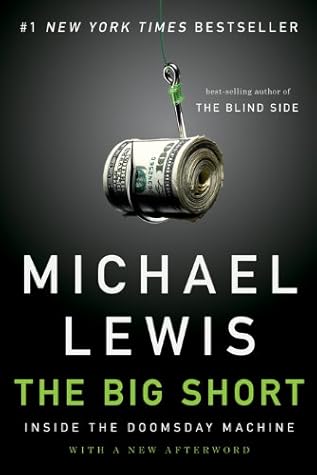More on this book
Community
Kindle Notes & Highlights
Read between
December 6 - December 16, 2020
All shared a distinction: They had proven far less capable of grasping basic truths in the heart of the U.S. financial system than a one-eyed money manager with Asperger’s syndrome.
The $306 billion guarantee—nearly 2 percent of U.S. gross domestic product, and roughly the combined budgets of the departments of Agriculture, Education, Energy, Homeland Security, Housing and Urban Development, and Transportation—was presented undisguised, as a gift.
The events on Wall Street in 2008 were soon reframed, not just by Wall Street leaders but also by both the U.S. Treasury and the Federal Reserve, as a “crisis in confidence.” A simple, old-fashioned financial panic, triggered by the failure of Lehman Brothers. By August 2009 the president of Goldman Sachs, Gary Cohn, even claimed, publicly, that Goldman Sachs had never actually needed government help, as Goldman had been strong enough to withstand any temporary panic.
This was yet another consequence of turning Wall Street partnerships into public corporations: It turned them into objects of speculation. It was no longer the social and economic relevance of a bank that rendered it too big to fail, but the number of side bets that had been made upon it.


